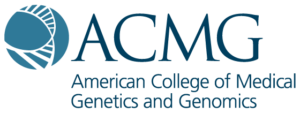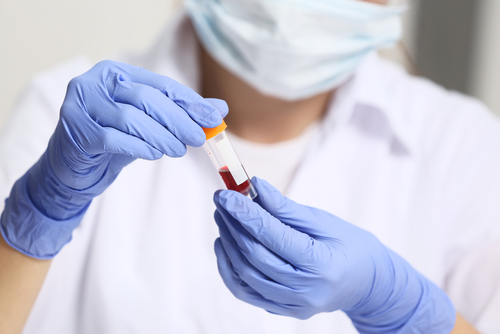Before reading too much about GSD6 be assured that, with good dietary management, people can lead a normal life, have unaffected children and live into old age.
Symptoms
Initial symptoms can vary, common childhood symptoms are:
- A swollen abdomen (tummy) due to an enlarged liver
- A history of poor growth or short stature
- Frequent feeding – always hungry
- Episodes of low blood sugar (hypoglycaemia) on fasting
- Excessive tiredness following activity
Potential complications in later life:
- Cirrhosis (scarring) and /or adenomas on the liver
- Pregnancy should be closely monitored
Symptoms may lessen
Those affected by GSD6 may find their symptoms lessen as they become adults. We generally need less energy as we get older because we are not growing.
Diagnosis
Diagnosis of GSD6 is made on the basis of symptoms and/or following the results of a physical examination and blood test results.
Cause
GSD6 is caused by a defect in the phosphorylase enzyme. The defective enzyme prevents glucose from being properly extracted and so glycogen continues to build up in the body. This accounts for the enlarged liver and swollen abdomen and produces symptoms of low blood sugar. Periods of low blood sugar in GSD6 are milder than other types of GSD as those with GSD6 can also make glucose from protein.
Guidelines for diagnosis and management
 This resource, published in “Genetics in Medicine” in January 2019, covers the diagnosis and management of the liver types of glycogen storage diseases 6 and 9 (all except 9d). It is a clinical practice resource of the American College of Medical Genetics and Genomics (ACMG).
This resource, published in “Genetics in Medicine” in January 2019, covers the diagnosis and management of the liver types of glycogen storage diseases 6 and 9 (all except 9d). It is a clinical practice resource of the American College of Medical Genetics and Genomics (ACMG).
This guideline was developed as an educational resource for health-care providers to facilitate prompt and accurate diagnosis and appropriate management of patients.
The paper is available on-line, from where you also have the option of downloading a PDF version.

